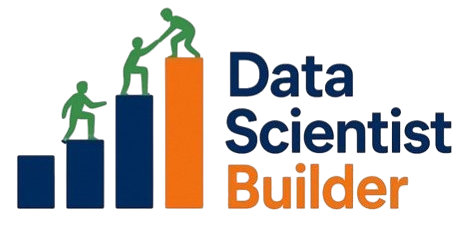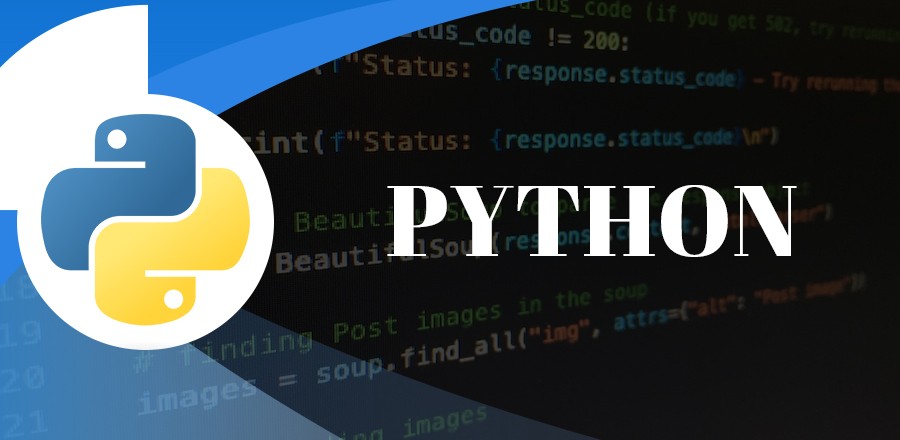What is Python?
Python is a high-level, interpreted programming language known for its simplicity and readability. It was created by Guido van Rossum and first released in 1991. Python emphasizes code readability and a clean syntax, which makes it easy to learn and use, especially for beginners. It supports multiple programming paradigms, including procedural, object-oriented, and functional programming styles.
Python has a vast ecosystem of libraries and frameworks that make it suitable for a wide range of applications, from web development and scientific computing to artificial intelligence and data analysis. Its versatility and extensive community support have contributed to its popularity among developers. Python’s popularity has also been fueled by its adoption by major tech companies and its use in fields such as machine learning and data science.
Why should you learn Python?
Learning Python offers several benefits:
- Python has a simple and readable syntax, making it easy for beginners to grasp programming concepts.
- Python is a versatile language that can be used for various purposes, including web development, data analysis, machine learning, artificial intelligence, scientific computing, automation, and more.
- Python has a vast community of developers who contribute libraries, frameworks, and resources, making it easy to find solutions to problems and learn from others.
- Python is available on multiple platforms, including Windows, macOS, and Linux, making it a versatile choice for developing applications that can run on different operating systems.
- Python’s simplicity and powerful libraries make it an excellent choice for automating repetitive tasks, saving time and effort.
- Python has a large and active community of developers who provide support, share knowledge, and contribute to the language’s growth and improvement.
- Python is in high demand in the job market, particularly in fields like data science, machine learning, and web development. Learning Python can open up numerous career opportunities.
- Due to its popularity and demand, Python developers often command high salaries compared to developers proficient in other languages
What is python used for?
Python is used for a wide range of applications across various industries due to its versatility and ease of use. Some common uses of Python include:
- Web Development: Python is used for both back-end and front-end web development. Frameworks like Django and Flask are popular choices for building robust and scalable web applications.
- Data Analysis and Visualization: Python is widely used in data analysis and visualization tasks. Libraries like Pandas, NumPy, and Matplotlib provide powerful tools for handling and analyzing data, as well as creating visualizations.
- Machine Learning and Artificial Intelligence: Python has become the de facto language for machine learning and artificial intelligence projects. Libraries like TensorFlow, PyTorch, and scikit-learn are commonly used for building and training machine learning models.
- Scientific Computing: Python is used extensively in scientific computing for tasks such as simulations, modeling, and numerical analysis. Libraries like SciPy and SymPy provide tools for scientific computing and symbolic mathematics.
- Automation and Scripting: Python’s simplicity and readability make it an excellent choice for automation and scripting tasks. It is often used for writing scripts to automate repetitive tasks, manage system resources, or perform system administration tasks.
- Game Development: Python is used in game development, both for scripting and building game engines. Libraries like Pygame provide frameworks for developing 2D games, while Panda3D and Pyglet are used for 3D game development.
- Desktop GUI Applications: Python can be used to develop desktop GUI applications using libraries like Tkinter, PyQt, and wxPython. These libraries provide tools for creating cross-platform desktop applications with graphical user interfaces.
- Web Scraping and Data Mining: Python is commonly used for web scraping and data mining tasks, extracting data from websites and analyzing it for various purposes such as market research, sentiment analysis, and competitive analysis.
Overall, Python’s versatility and extensive ecosystem of libraries and frameworks make it suitable for a wide range of applications, from web development and data analysis to machine learning and automation.


